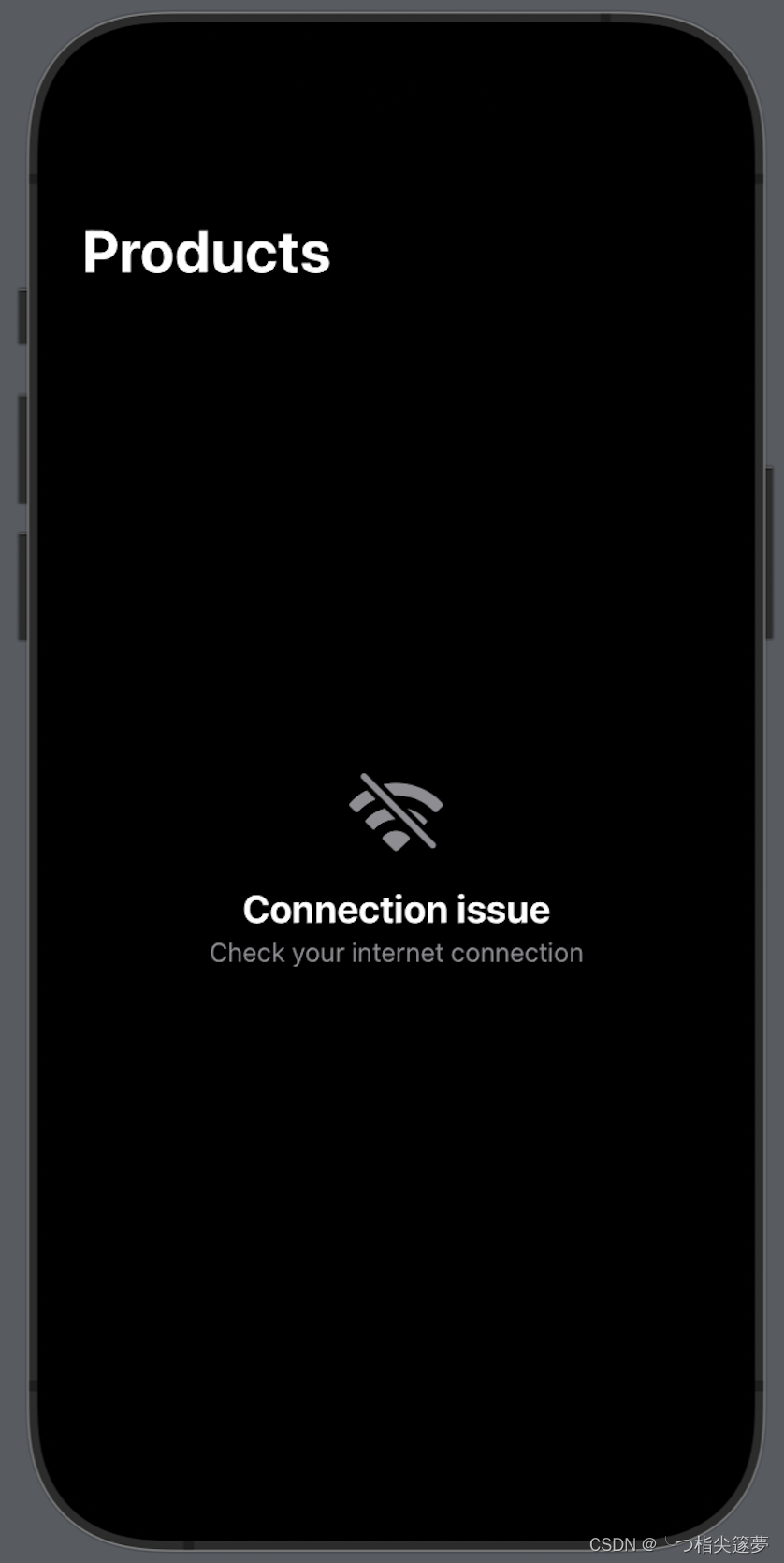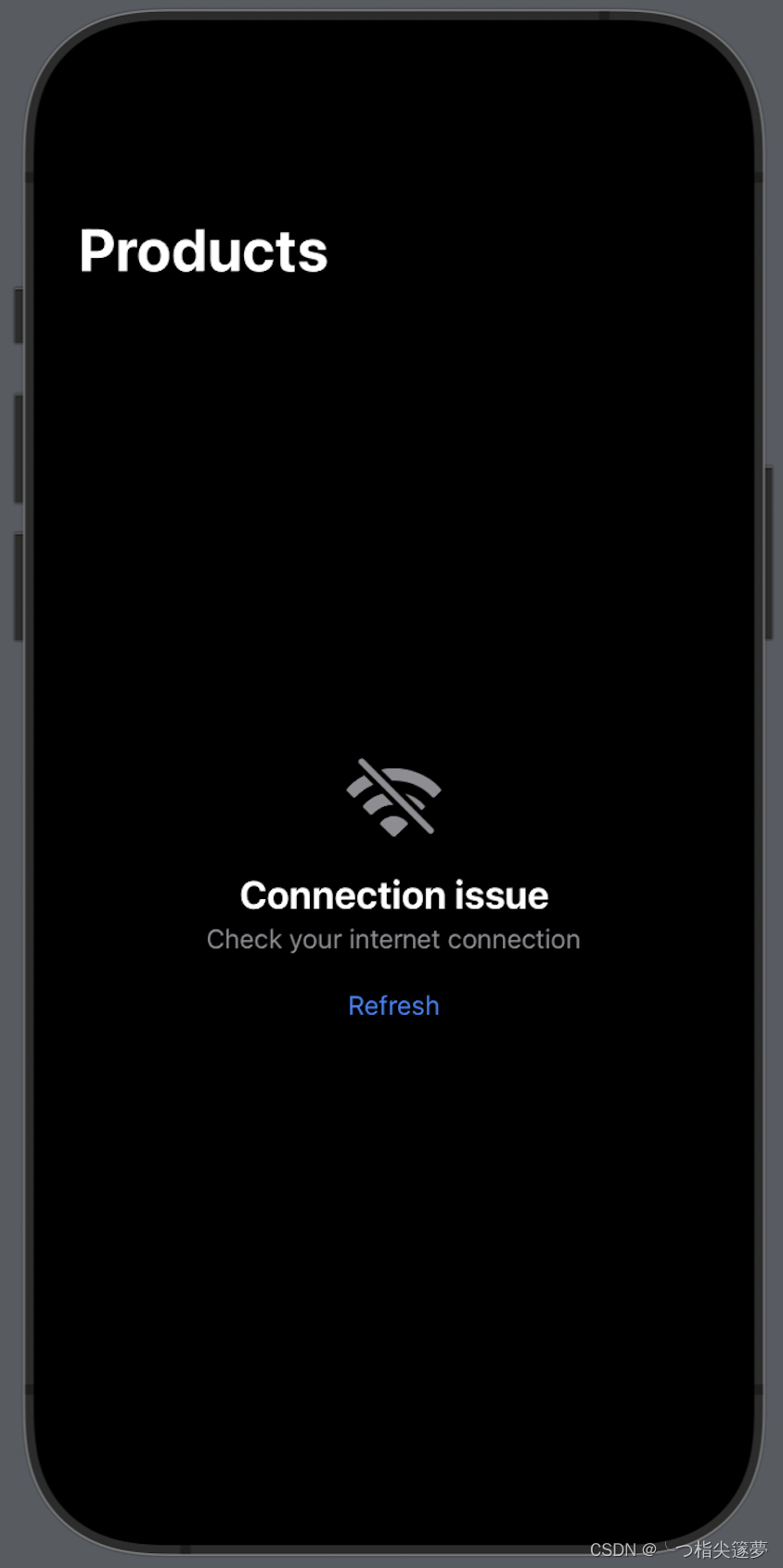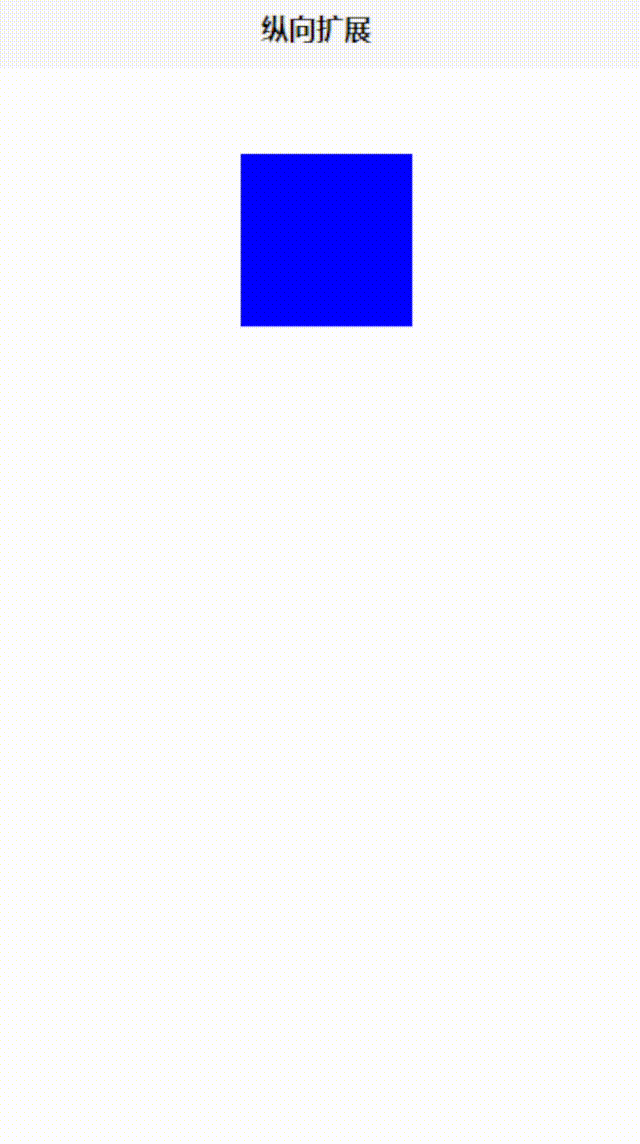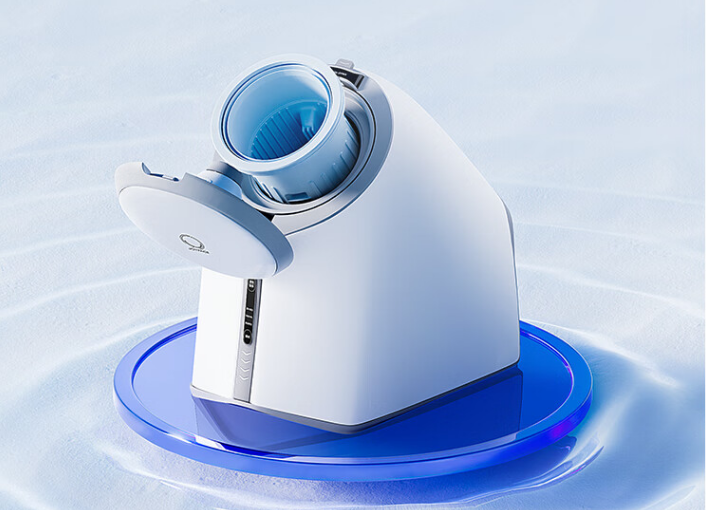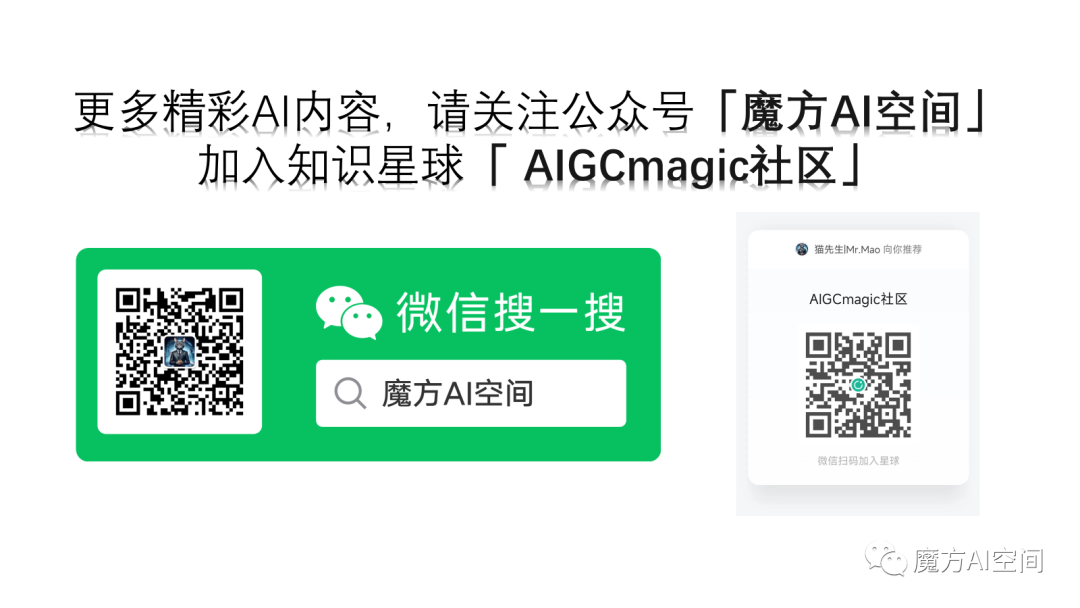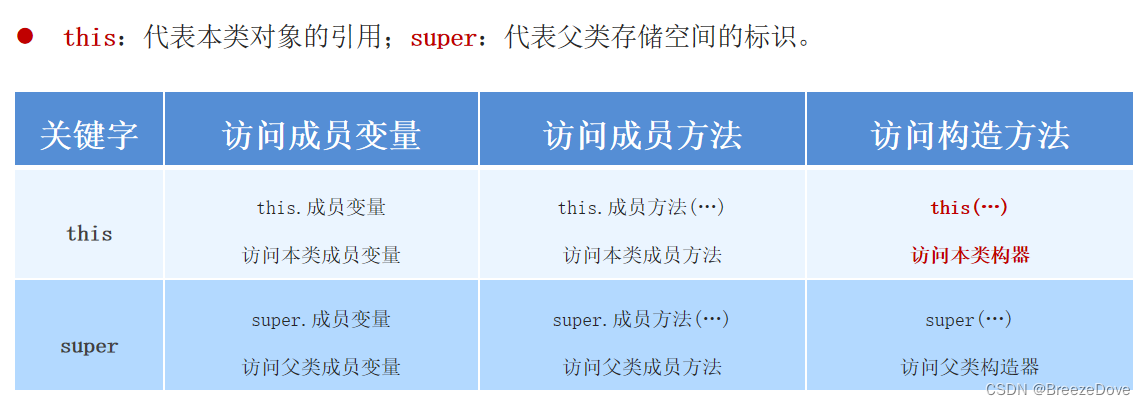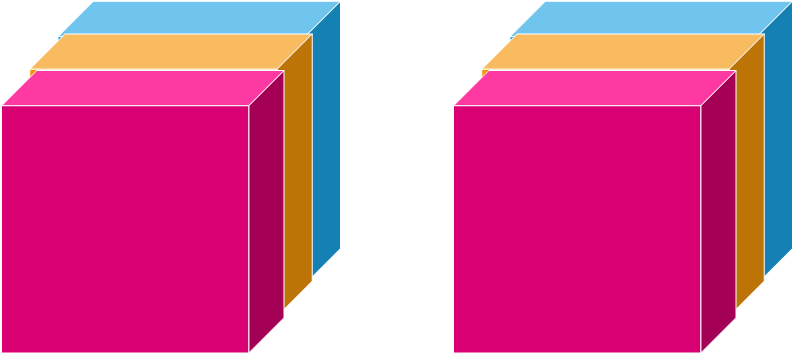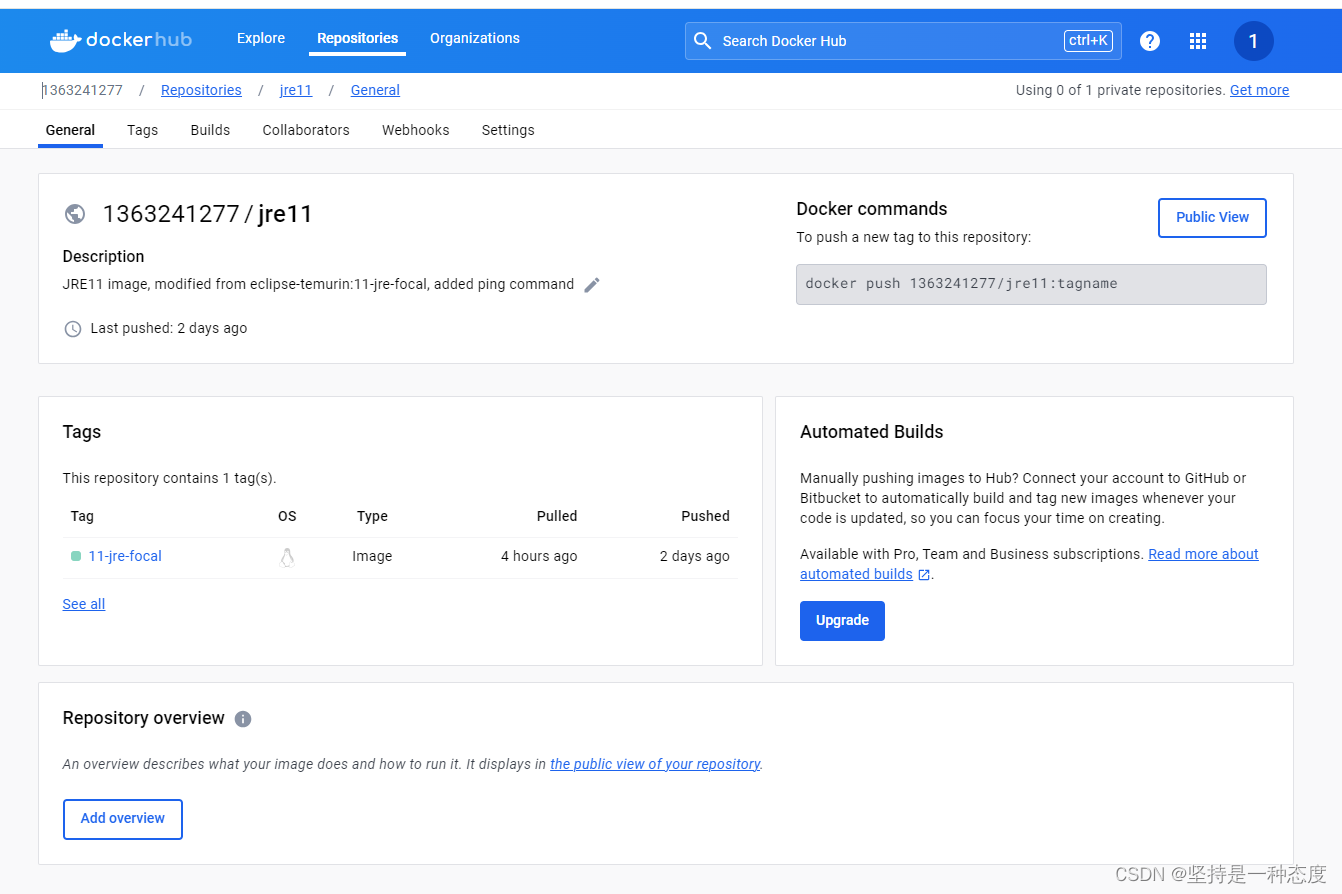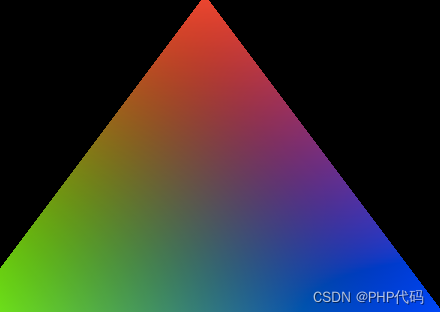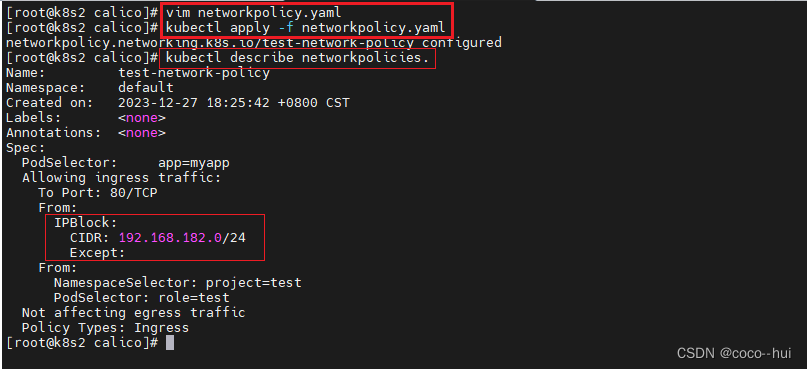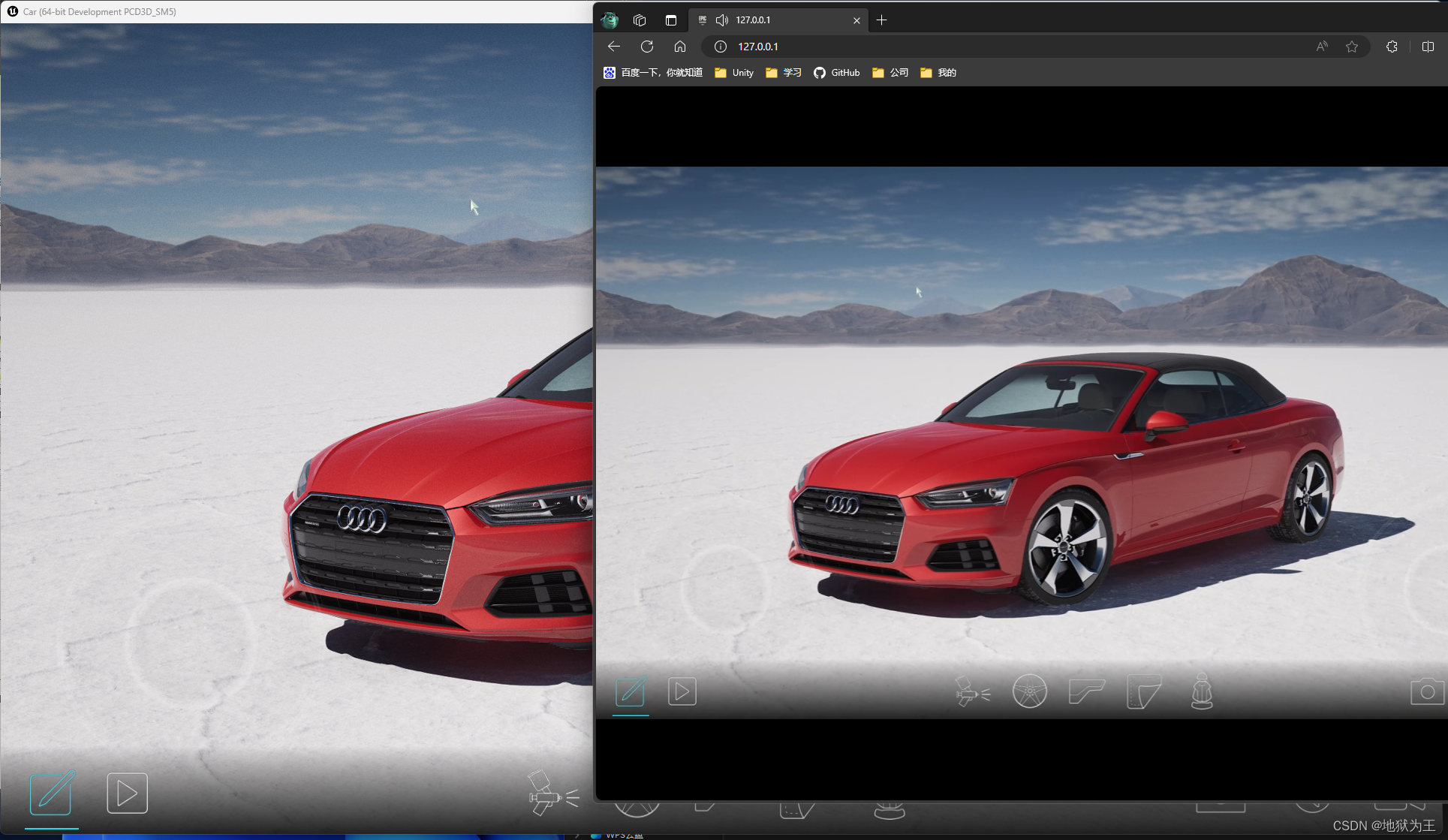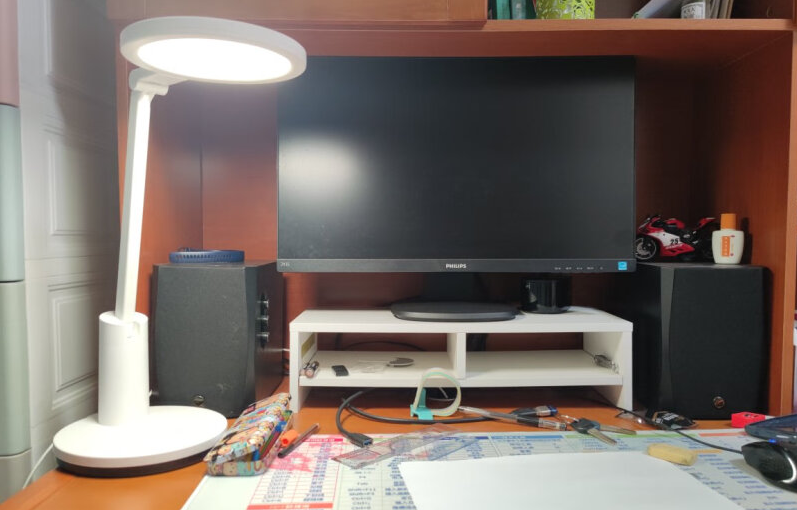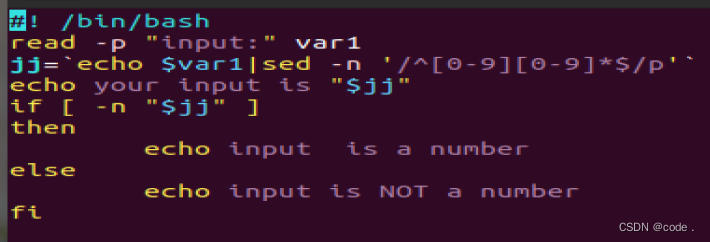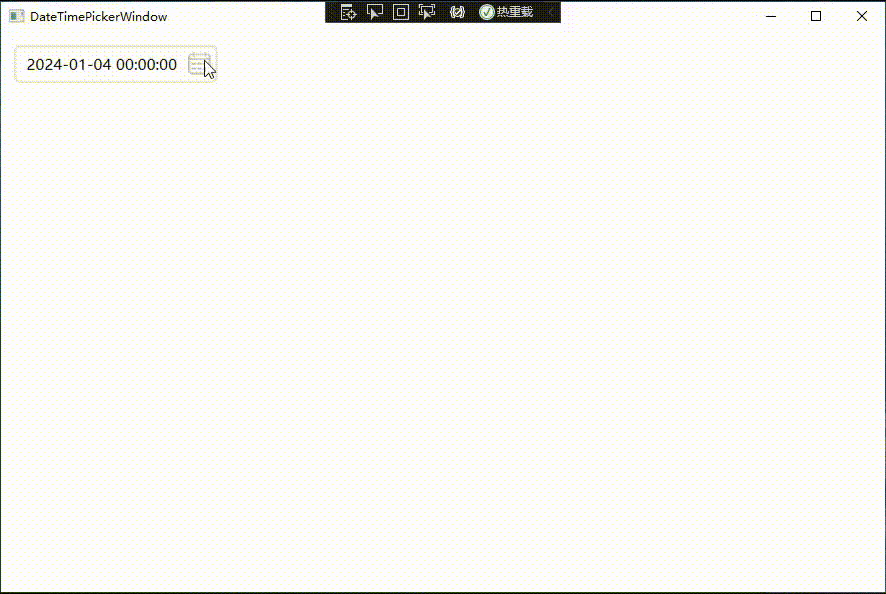SwiftUI 引入了新的 ContentUnavailableView 类型,允许在应用程序中展示空状态、错误状态或任何其他内容不可用的状态。那么,如何使用 ContentUnavailableView 引导用户浏览应用程序中的空状态呢? 首先看看 ContentUnavailableView 视图的基本用法: struct ContentView : View { let store: Store var body: some View { NavigationStack { List ( store. products, id: \ . self ) { product in Text ( verbatim: product) } . navigationTitle ( "Products" ) . overlay { if store. products. isEmpty { ContentUnavailableView ( "Connection issue" , systemImage: "circle" ) } } } }
}
在这个示例中,将 ContentUnavailableView 定义为产品列表的叠加层。每当产品列表为空时,使用带有标题和图像的 ContentUnavailableView 显示,ContentUnavailableView 的另一种变体还允许定义当前状态的描述文本。 ContentUnavailableView 还允许在描述文本下方显示操作按钮。因此,ContentUnavailableView 初始化程序的另一种变体允许我们使用 ViewBuilder 闭包定义视图的每个部分,从而完全自定义其外观和感觉。 struct ContentView : View { let store: Store var body: some View { NavigationStack { List ( store. products, id: \. self ) { product in Text ( verbatim: product) } . navigationTitle ( "Products" ) . overlay { if store. products. isEmpty { ContentUnavailableView { Label ( "Connection issue" , systemImage: "wifi.slash" ) } description: { Text ( "Check your internet connection" ) } actions: { Button ( "Refresh" ) { store. fetch ( ) } } } } } }
}
在搜索屏幕显示搜索结果时,可以使用 ContentUnavailableView 类型的搜索功能。它由框架本地化,并遍历视图层次结构以找到搜索栏并提取其文本以显示在视图内。 struct ContentView : View { @ Bindable var store: Store var body: some View { NavigationStack { List ( store. products, id: \. self ) { product in Text ( verbatim: product) } . navigationTitle ( "Products" ) . overlay { if store. products. isEmpty { ContentUnavailableView . search} } . searchable ( text: $store . query) } }
}
还可以通过使用 ContentUnavailableView 类型的搜索功能并提供单个参数来手动将查询输入描述中: struct ContentView : View { @ Bindable var store: Store var body: some View { NavigationStack { List ( store. products, id: \. self ) { product in Text ( verbatim: product) } . navigationTitle ( "Products" ) . overlay { if store. products. isEmpty { ContentUnavailableView . search ( text: store. query) } } . searchable ( text: $store . query) } }
}
由于代码片段中的 Store 类型未提供,使用一个简化版本的示例代码来创建一个简单的 SwiftUI Demo,以展示 ContentUnavailableView 的基本使用。创建一个简单的 Product 结构体表示产品,以及一个 ProductStore 类作为存储产品的模拟服务。在 ContentView 中,使用 ContentUnavailableView 来处理产品为空的情况。 import SwiftUI struct Product : Identifiable { let id: UUID let name: String
} class ProductStore : ObservableObject { @ Published var products: [ Product ] = [ ] func fetchProducts ( ) { DispatchQueue . main. asyncAfter ( deadline: . now ( ) + 2 ) { self . products = [ Product ( id: UUID ( ) , name: "iPhone" ) , Product ( id: UUID ( ) , name: "iPad" ) ] } }
} struct ContentView : View { @ StateObject var store = ProductStore ( ) var body: some View { NavigationView { List ( store. products) { product in Text ( product. name) } . navigationTitle ( "Products" ) . overlay { if store. products. isEmpty { ContentUnavailableView ( "No Products" , systemImage: "exclamationmark.triangle" ) } } . onAppear { store. fetchProducts ( ) } } }
} struct ContentView_Previews : PreviewProvider { static var previews: some View { ContentView ( ) }
}
请确保在 Xcode 中创建一个新的 SwiftUI 项目,并将上述代码替换到主 ContentView 中,然后运行该项目。在项目的初始加载时,ContentUnavailableView 将显示“No Products”消息,几秒后模拟产品加载,之后产品列表将显示在主视图中。 
